Therapeutic Methods in Improvisation
Symposium this week was all about the affects of improvisation on the brain and the various styles of improvisation music therapists can use with clients. We watched a TED talk with Charles Limb about improvisation and the brain. Limb presents information found in a study he conducted about neuroimages of the brain during improvisation. Using an adapted keyboard that fit on a person’s lap, they were able to examine musician brains while they were improvising melodies on the keyboard. It was interesting to see the areas of the brain that light up when someone is improvising and how those parts of the brain affect other developmental areas.
One of my biggest take-aways from this topic however was the discussion regarding therapeutic methods in improvisation. We learned more ideas of how to incorporate improvisation in music therapy sessions. Some of the various methods of improvisation include mirroring, matching, dialouging, and accompanying. Mirroring is when you do exactly what the client does at the same time. Matching is where you improvise music that matches the client’s style of playing, while maintaining the same tempo, dynamic, and other musical elements. Dialouging is the unique experience where the client and therapist communicate thorugh their playing, while accompanying is providing rhythmic, harmonic, or melodic accompaniment but remaining dynamically underneath the client’s music. This provides a role as a soloist.
There are many other ways to implement improvisation with clients; these are just a few that stood out to me. I look forward to the opportunity to try out some of these methods with clients in my upcoming sessions. With the knowledge of how improvisation affects the brain, based on the TED talk we watched, and now the information of therapeutic methods for improvisation, I feel more equipped to experiment with this for some of my clients.



